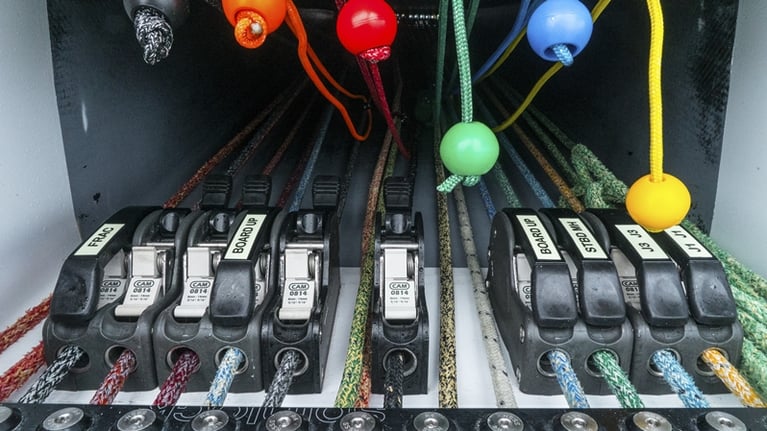
Image credit: Spinlock
It’s a breeze-on day, you have rounded the top mark, set the kite and everything is just about under control. The bowman, now providing ballast at the back of the boat, calls in the gusts. As the pressure reaches the boat you expect to accelerate and start surfing the next wave but instead you hear a zipping noise as the halyard runs through the clutch and the belly of the kite billows out in front of the boat, just above the water. Anyone who has experienced this knows the nightmare of a slipping clutch. If you are lucky, you might be able to keep the boat under control and winch the spinnaker back to the top of the rig. If you are less fortunate, it’s easy to broach or turn the kite into a trawling net. In this blog we look at some of the possible causes of a slipping halyard and how these can be resolved.
-1.jpg?width=495&height=371&name=main%20image%20(3)-1.jpg)













